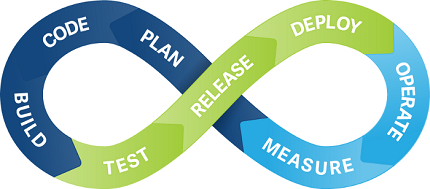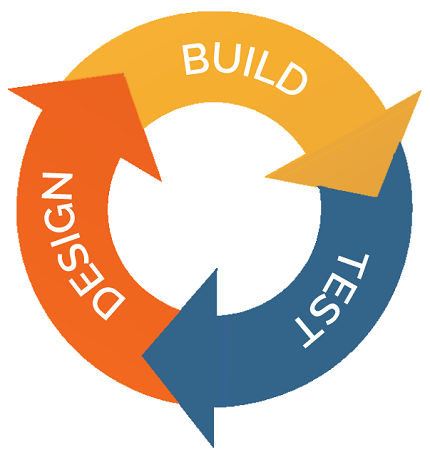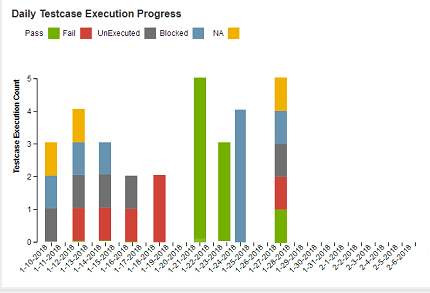Best Practices for QA Testing in the Age of DevOps

What is DevOps? Well, DevOps (Dev + Ops) stands for software development practices that are aimed at reducing the system development lifecycle by combining software development (Dev) with the information technology operations (Ops). With DevOps, the development lifecycle is significantly reduced and at the same time, delivering updates and bug fixes at regular intervals or as required by a specific project. Hence, DevOps is all about focusing on fast release times for software without any compromise in quality.
This can be a challenge for the QA teams working on the project, because with DevOps, there is a need for faster yet high quality testing which can be tough to achieve without the right approach. If you are a QA professional, then here are some best practices for testing in DevOps that can help you achieve the kind of results you want to achieve without compromise in quality. So, are you ready to learn the tricks for successful testing in a DevOps environment? Let’s get started…



4] Analysis of Test Performance through Key Metrics

Conclusion:
In order to meet the changing needs of a highly competitive market, which focuses on quality of software products and at the same time, wants faster updates and quick releases, QA teams today need to take up a different approach to testing. Saying goodbye to automation testing and embracing automation is just the first step but it can go a long way in helping the QA team achieve its goals.
1] Focus on Continuous Testing

Source: https://tinyurl.com/y4mwzdkc
Continuous testing, it goes without saying, is one of the pillars of successful Agile and DevOps implementation. Continuous testing, continuous integration, continuous delivery and DevOps are the four essential steps to developing and testing software at a rapid pace. Continuous testing can be the biggest factor in determining the success of Agile in an organization, and its implementation and successful mastering can help QA teams go a long way in achieving the goal of faster time to market.
2] Implement Automation to a Great Extent

A study shows that the average implementation of successful test automation has only been a dismal 20%, whereas the required rates of automation should be 85% or higher to make continuous testing a success! This is in spite of the fact that the Agile methodology insists on automation of the testing areas which require little or no human intelligence to be executed, such as repeated test steps with different data sets. These instances should be automated to bring down the time required for testing. An advanced test automation tool like QARA Enterprise can help you to achieve this. After all, one cannot deny that with frequent changes in code comes the requirement of loads and loads of testing.
3] Go for Rapid Iterations

When working in an Agile and DevOps environment, where the objective is to successfully implement Continuous integrations and continuous development, the approach of rapid iterations becomes essential. It is only with rapid iterations that you can achieve the goal of providing your users with regular and frequent updates that create an impact. And every developer knows that quality updates on a regular basis can make your users feel the software is worth their money. However, it is not always necessary to go big with your iterations – even small ones matter as long as they are contributing to the quality of user experience.

Just like in any other project, you can never be sure whether you’re heading in the right direction with your test approach unless you make an effort to study the test metrics. A study of the test metrics allows you to get an idea about the areas where test executions are failing, the time taken to execute the test cases, how much time your QA resources are spending in the process, how and where you can implement automation, and so on. A thorough understanding of your test performance through the analysis of your key metrics will provide you with the data you need to formulate strategies to improvise your test approach to achieve the results you need.
Conclusion:
In order to meet the changing needs of a highly competitive market, which focuses on quality of software products and at the same time, wants faster updates and quick releases, QA teams today need to take up a different approach to testing. Saying goodbye to automation testing and embracing automation is just the first step but it can go a long way in helping the QA team achieve its goals.
